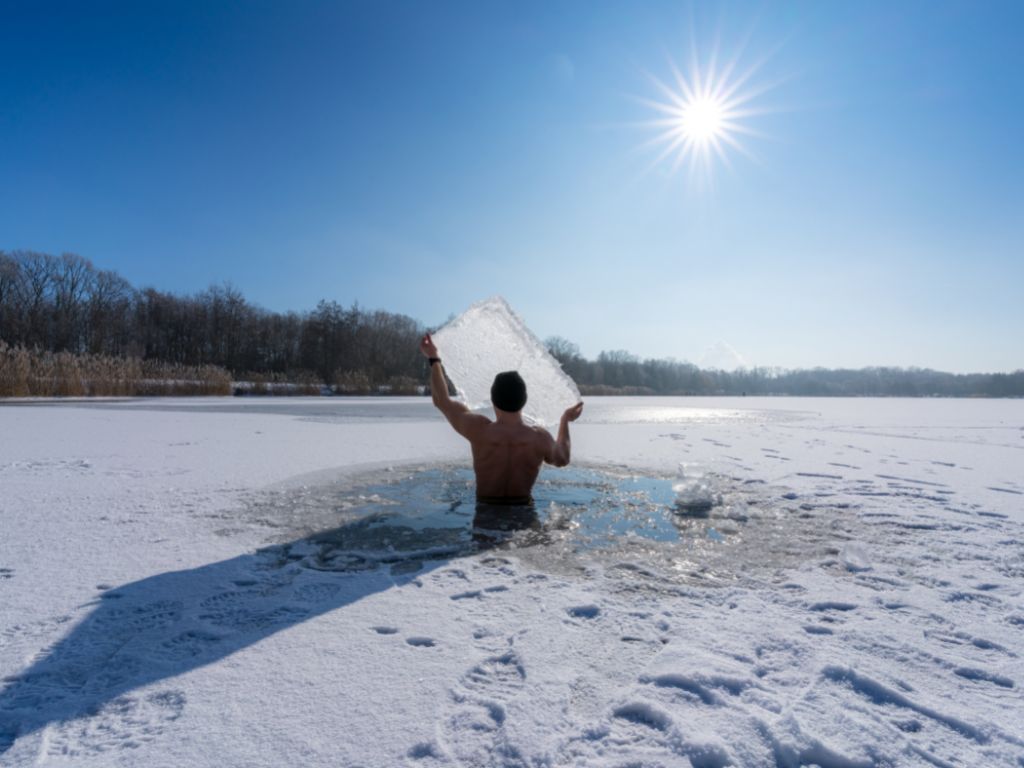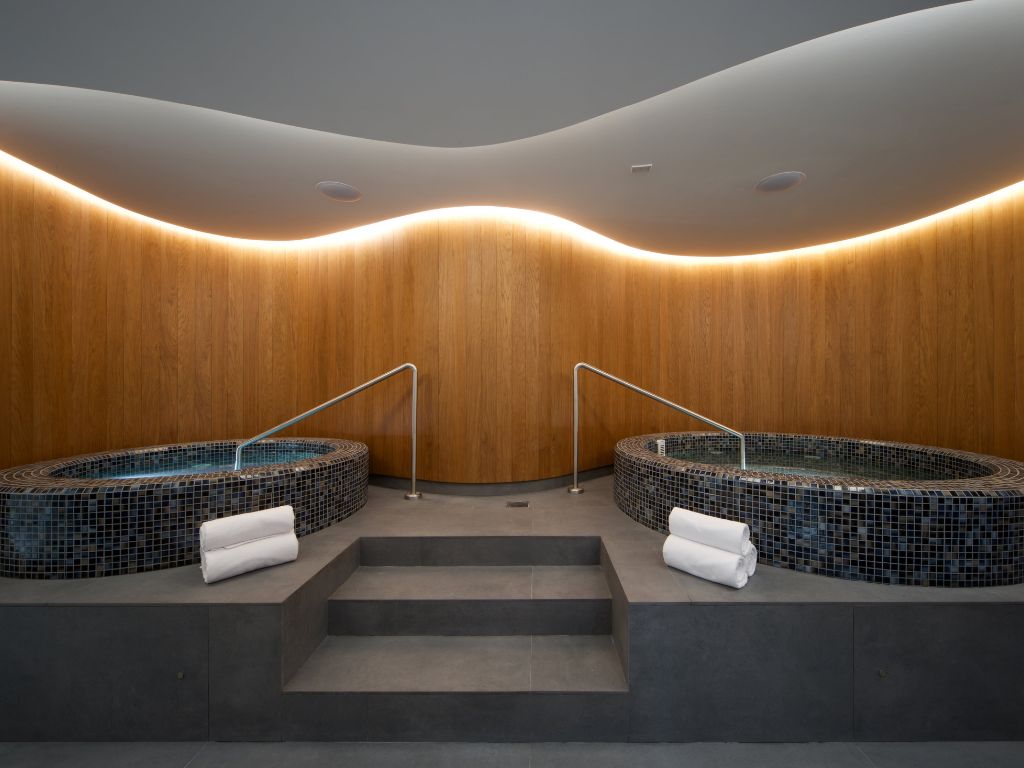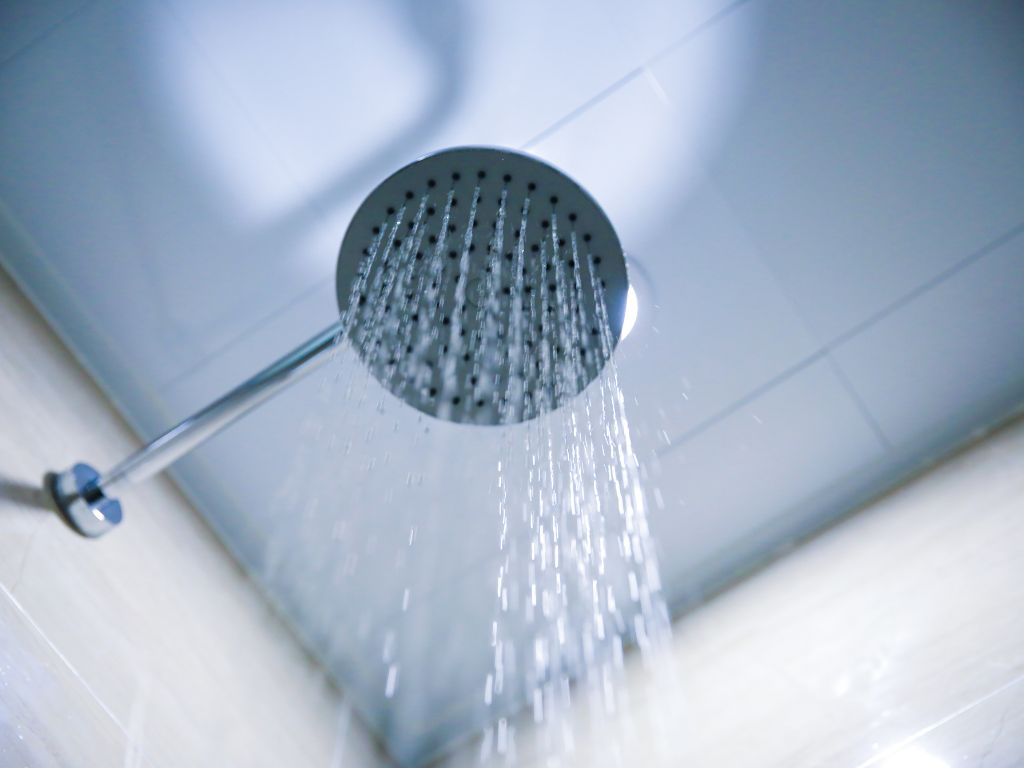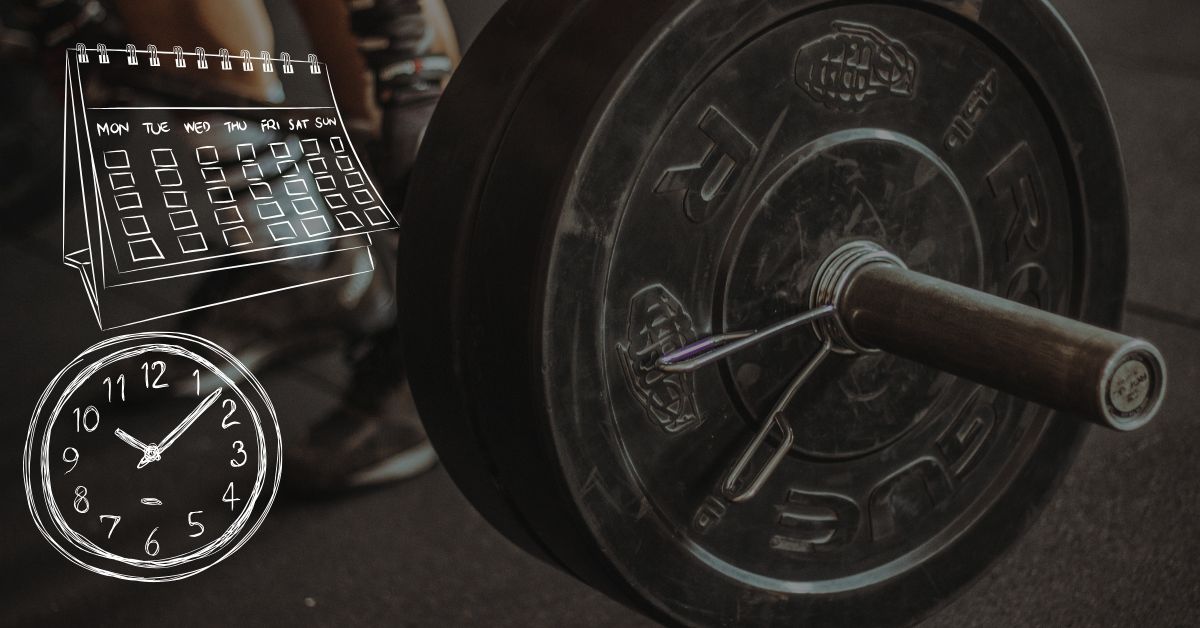Get ready to kick off winter with 7 Bamboos RFC!…

How to improve your athletic performance with cold therapy
It’s the winter folks, we are heading into winter at a fast pace. It’s cold and wet out there and with skyrocketing energy bills no one wants to turn on the heating.
What a time to talk about cold water immersion. Hopping into an ice bath or taking a cold shower always takes a bit of bravery. Doing it on a hot summer day is rather easy, but a freezing cold shower first thing on a chilly winter morning is a different ball game.
In this article, we describe why cold-water immersion is nonetheless great for athletes, how to establish a solid and permanent routine and how to set up your own ice bath without breaking the bank.
Take a deep breath and dive in…3…2…1…
The Ice Man
Ice baths and cold showers are part of an established routine for many athletes from all types of sports, particularly as a means of recovery.
The “plunge,” though, has received large popularity far beyond the sports community, and you would be hard-pressed to find reasons not to want to do this regularly.
Especially through the “Ice Man” Wim Hof (if you don’t know him yet, google his name) is a star in the domain of ice baths.

The Dutchman broke 21 Guinness World Records including running a half marathon above the Arctic Circle, barefoot only wearing shorts, swimming underneath ice for 66 meters and standing in a container while covered in ice cubes for extended periods of time.
Amazingly Hof was just seeking a simple method to cure his depression and strengthen his immune system. Eventually, he was so convinced by his breathing and cold therapy that he took part in many scientific studies to prove the positive impact on the body and mind.
The Benefits
Whether it is a cold shower, an ice bath, or an actual winter swim, cold water immersion lasts longer than your goosebumps. A number of benefits are particularly significant for athletes.
Muscle Recovery
One of the most important aspects for athletes is improved muscle recovery. Coldwater immersion in relation to sports performance is well documented and widely practiced by high-performance athletes who need rapid recovery.
In a study conducted in 2020, researchers found that volleyball players who practiced cold water immersion for 16 days recovered more quickly. As a result, their muscle soreness after exercise was less than that of those who did not apply cold therapy.

Additionally, cold immersion reduces inflammation and relieves muscular aches and pains. As a result, the swelling is reduced because cold water constricts the blood vessels.
Ice baths are extremely useful following exercise or training, but if not obtainable, a cold shower likewise performs well.
Boosted Immune System
Cold water can lead to several health benefits, including boosting your immune system. The increased white blood cell count can improve the overall health of your system according to Indian researchers.
Medical experts suggest that white blood cells, which fight infections, circulate in the body faster when one is exposed to colder temperatures. This also enhances the body’s antibody and t-cell response.
Another famous study conducted in the Netherlands in 2016 with 3,018 participants found that cold showers led to a 29% reduction in people calling off sick from work compared to a control group who took warm showers.
It has been demonstrated that hydrotherapy, particularly cold-water exposure, has a profound effect on the human body’s immune system.

Fat loss
Coldwater showers and ice baths are a great way to get your metabolism going. A higher metabolic rate means more energy is burned. A study conducted in 2009 has shown that a cold shower can burn up to 200 calories.
This is because the cold water causes your body to work harder and causes an increased activation in brown adipose tissue (good fat) which is used to generate heat and insulate us against the cold. It’s the type of fat we want and kicking it into action boosts metabolism.
Shivering, which produces heat and burns calories in the body, is another way cold immersion triggers weight loss. Likewise, cold-induced shivering may aid the body’s fight against obesity and related conditions.
Stress reduction
Our sympathetic nervous system is stimulated by cold weather, resulting in the activation of our “fight or flight” response that causes a release of adrenaline. This causes a rush of hormones after a cold shower, a fact that leaves us refreshed afterward.
The Vagus nerve is stimulated by cold immersions, lowering the heart rate, and reducing stress hormones.
As a result of hydrotherapy or cold exposure treatments like ice baths, mood-elevating hormones and neurotransmitters are produced.
This boosts the Central Nervous System’s capacity and functionality (CNS). The CNS plays an important role in improving sleep and preventing sleep disorders.
Types of cold-water therapy
Ice baths
Among cold-water therapies, this is the gold standard. During this type of cold exposure, you sit in an icy water container for a short period of time. The temperature range for an ice bath is typically 2°C-16°C.
Cold showers
Immersing yourself in cold temperatures is easy and quick with this method. These are not typically as cold as ice baths but can be just as challenging. The calm water of an ice bath allows you to relax and focus on your breathing. A cold shower, however, makes it difficult to reach a state of flow since water hits different parts of the body unevenly.

Cold plunge pools
In contrast to ice baths, these are usually a bit warmer (about 10°C). As opposed to home ice baths, the water feels colder because of a water filtration system. Wellness spas and gyms are the most likely places to find cold plunge pools.
Cryotherapy
Cold therapy is a relatively new form of healthcare that is only available at specialized gyms, spas, and wellness centers. Whole-body cryotherapy entails stepping into a chamber with liquid nitrogen, nitrous oxide, or argon gas at extremely cold temperatures (typically around -129°C). All it takes is a few minutes to reap the maximum health benefits.
Outdoor swims in nature
Swimming in rivers, lakes, and oceans is a popular natural approach. It is a great solution for those living in cold climates during the winter.
What’s the best way to start?
The best way to begin this process is to have cold showers in the morning. This is a great way to practice your breathing, a fundamental part of getting comfortable with the cold.
A good approach is to turn the water colder in small turns. While it’s getting colder try to breathe slowly and consciously. When you do that, it will feel different, and not as painful.

When you feel ready to take your first ice bath it’s all about timing. Just spend a few seconds to a minute in the water. If you feel comfortable you can increase the time in the water.
What’s crucial is your health. If you are unsure, especially about any cardiovascular concerns make sure a GP gives you the green light beforehand.
Always ensure that there is another person around. Don’t forget your body will be in a shocking state and you never know how it reacts to it.
This can lead to serious cardiovascular problems or a life-threatening shock. Therefore, you should always be accompanied by someone else.
Protect your head and hair
It’s warmly recommended to wear a woolly hat, gloves and some neoprene socks at the beginning of your ice bathing adventures. Around 30% of our warmth is coming from the head. The hands and feet also get colder much quicker than the rest of the body.
When is the best time to do it?
The mornings are great due to the kick you get from them. But as it is meant to be a great recovery tool, it should be done after every training session and match.
Moreover, one study found that ten minutes in cold water after evening exercise lowered core body temperature, decreased night-time arousals, and increased deep sleep within the first three hours afterward.
The above just shows that any time of the day, a dip in the ice bath or a cold shower can lighten up your day or help you to have a better sleep.
How long and at which temperature?

The duration in the ice bath or under the cold shower depends on how familiar you are with the cold and how cold the water is.
You can get used to the process very quickly so that you deal more comfortably with the cold. After two weeks of regular cold-water immersion, you’ll be able to handle much lower temperatures.
An easy formula to adapt is to equal the water temperature to the time in the bath.
10 Degrees Celsius = 10 Minutes
9 Degrees Celsius = 9 Minutes
8 Degrees Celsius = 8 Minutes
Etc.
When the water reaches just 2 degrees or less, two minutes are more than enough.
Ice bathing at home
If you want to have instant access to an ice bath at home, there are plenty of options out there.
The easiest and most straightforward one is your bathtub. Fill it with cold water and add several bags of ice cubes to it until it reaches a temperature of around 11 to 15 degrees Celsius.
If you want to save money on the ice cubes just fill some plastic bottles or food containers with water and put them in the freezer the night before and then add them to the bath just before you dip in.
If you are looking for a more professional solution this portable Explore Fitness Ice Bath is great value for money and is highly recommended.
For all DIY fans, we recommend a simple rain container available at B&Q.
Ice bathing Do’s and Don’ts
Do: Go easy on the water temperature at the beginning
Don’t: Force your body or push too hard
Do: Stay in your “cold tolerance” temperature
Don’t: Force your body or push too hard
Do: Prepare mentally and physically for the experience
Don’t: Force your body or push too hard
Do: Focus on your breathing while in the cold
Don’t: Take the plunge alone when starting
Medical Disclaimer: All information, content, and material of this website are for informational purposes only and are not intended to serve as a substitute for the consultation, diagnosis, and/or medical treatment of a qualified physician or healthcare provider. Always seek the advice of your physician or another qualified health provider with any questions you may have regarding a medical condition.
#icebath #cwi #cold #recovery #coldtherapy #wimhof #winter






